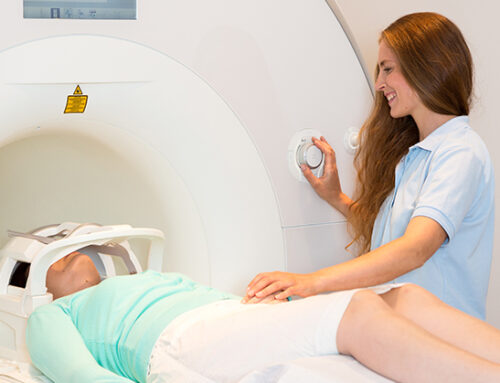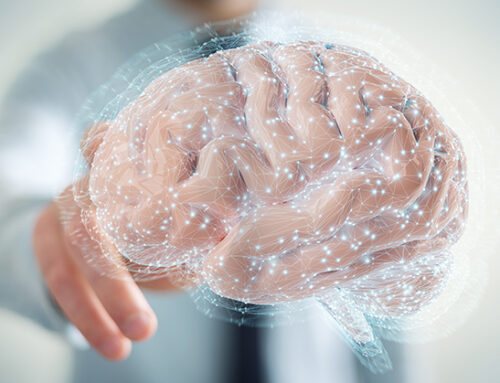Has Dr. Donald Weaver lost his mind? How can he possibly suggest Alzheimer’s isn’t a brain disease?
But hold on. What he’s saying about the cause of Alzheimer’s disease makes more sense than appears at first sight.
Although the disease shows up in the brain, its foundation might lie elsewhere. And that’s within the immune system. Alzheimer’s, Dr. Weaver argues, is an autoimmune disease that attacks the brain.
After more than 200 failed clinical trials over the past thirty years, Dr. Weaver, co-Director of the Krembil Brain Institute in Toronto, questions the intense focus researchers are placing on beta-amyloid protein. The protein, they say, that gets misfolded, forms clumps, and strangles brain cells to death and causes Alzheimer’s disease.
Dr. Weaver says, “We need new ways of thinking about this disease, and we need them now.”
And the new way of thinking he proposes is that while beta-amyloid is very much involved, it builds up in the brain for reasons that, if true, will change the way Alzheimer’s is treated.
A New Model of Alzheimer’s
Dr. Weaver isn’t the only one questioning the beta-amyloid hypothesis behind the development of Alzheimer’s disease.
Different researchers have come up with various mechanisms other than beta-amyloid by which Alzheimer’s pathology could occur. However, these ideas – he writes in his paper, published in the journal Alzheimer’s & Dementia in September – “are often regarded as mutually exclusive and indeed even in competition.”
So, the scientist looked at the entirety of research in this field, conducting a wide-ranging review of laboratory and human studies combined with the findings from his own lab.
This led to a new hypothesis which he calls “AD-squared” or “AD2,” a broadly encompassing model of Alzheimer’s disease which harmonizes multiple divergent theories into a single unified comprehensive explanation.
Beta-amyloid Starts As A Repair Mechanism
The key finding from the model is that beata-amyloid grows to higher levels in the brain when it’s trying to repair damage. It has a role as an early responder to brain damage, setting off a cascade of events within the immune system. It also directly attacks microbes.
“…we believe beta-amyloid is right where it should be,” Dr. Weaver says. “It acts as an immunopeptide – a messenger within our immune system – so that, if we have head trauma, beta-amyloid repairs it. If a virus or bacteria comes along, beta-amyloid is there to fight it.”
The protein should dissipate after repair, so why does it hang around, build up, and end up causing damage?
Beta-Amyloid Gets Confused
The problem arises because there are certain similarities in electrical properties on the outer surface membranes of both brain cells and bacteria. Beta-amyloid mistakenly sees neurons as bacteria and so it attacks them.
Dr. Weaver explains this by saying, “Beta-amyloid gets confused and can’t tell the difference between a bacterium and a brain cell and so it inadvertently attacks our own brain cells. This, then, becomes what we call an autoimmune disease. The immune system is actually attacking the host, our brain.”
The problem never resolves because this misdirected self-attack results in breakdown products which in turn harm nearby neurons. This triggers the release of more beta-amyloid, leading to a self-perpetuating autoimmune cycle of harm.
Rethinking Alzheimer’s as an autoimmune disease and beta-amyloid as a normal part of our immune system opens the door to new avenues and approaches to develop innovative new therapies, maintains Dr. Weaver.
“We’re very excited in our lab. We think that this autoimmune theory is sound and represents a significant conceptual step forward.”







